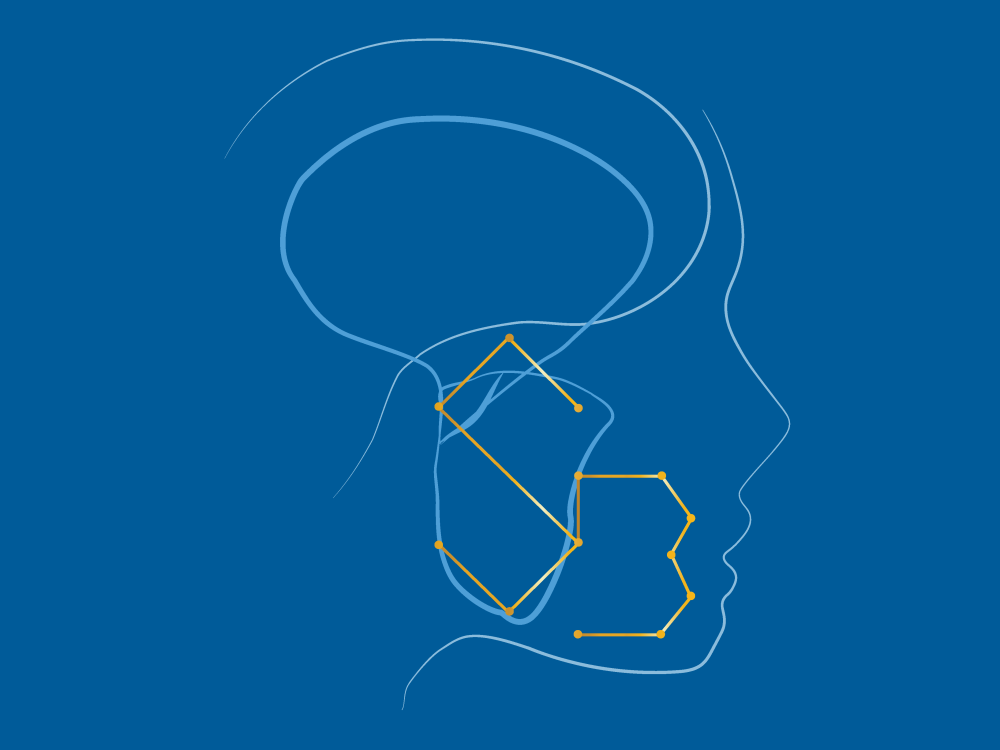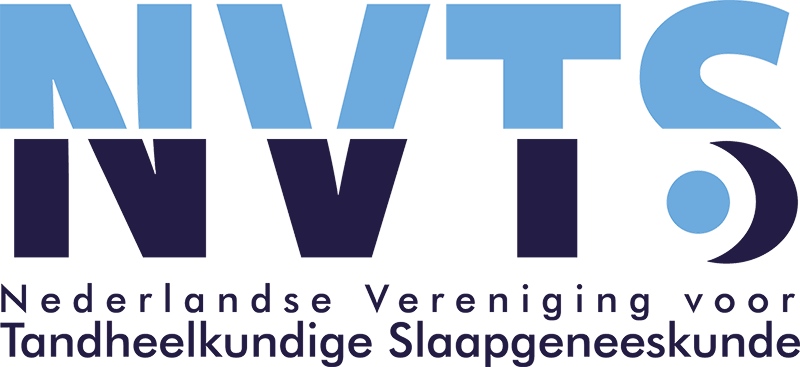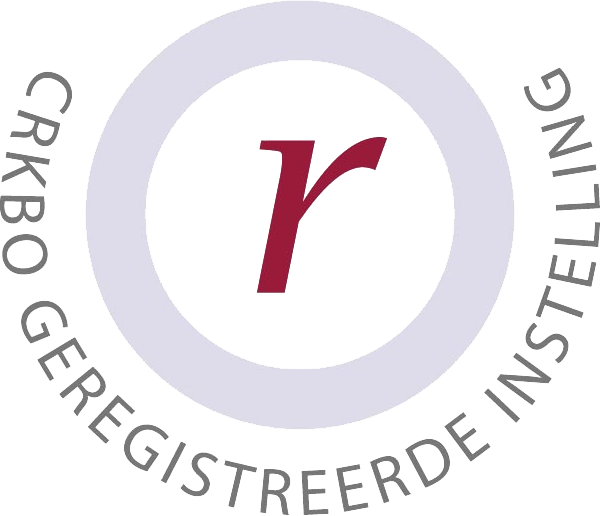Sleep bruxism and its association

On Wednesday, February 7, 2024, Thiprawee Chattrattrai will defend her thesis entitled ‘Sleep Bruxism: Associations and Comorbid Conditions’ at the University of Amsterdam. Thiprawee received a contribution from the NVTS to cover part of the cost of the defense. Below, a summary of her thesis is provided.
The first part of the thesis investigated the association of SB with AB, psychosocial factors, and TMD in different populations. A study in a female TMD population investigated PSG-assessed SB and EMG-assessed AB at rest and during stress-related activity. It was found that PSG-assessed SB was not associated with EMG-assessed AB, neither at rest nor during stress-related conditions. In addition, EMG activity of AB at rest was associated with EMG activity of AB during stress-relates activity. These results were confirmed by a study in a Thai TMD population, using a novel statistical method called ‘Network analysis’. The network model in this study showed that self-reported AB was associated with TMD pain and stress, while self-reported SB was not associated with TMD pain, dysfunction, or stress. Furthermore, receiving multiple TMD treatments, i.e., counselling plus physical therapy and/or psychological treatment, was associated with changes in AB frequency in the first six weeks of treatment, suggesting that receiving multiple TMD treatments may increase patients’ awareness of AB. In contrast, SB frequency did not change after receiving these treatments for six weeks.
The second part of the thesis focused on the association between SB and sleep disorders, especially insomnia. Network analysis was used to investigate the associations of SB, insomnia, and their potential associated factors in a Dutch sleep-interested population. This study found that self-reported SB was associated with insomnia via anxiety. The association between SB and insomnia was confirmed in another network analysis in the Brazilian general population, which showed a direct association between self-reported SB and insomnia. However, PSG-assessed SB was not associated with any factors in the network model.
The thesis concluded that using different assessment techniques, i.e., self-report and PSG, yield different clinical consequences and associated conditions of SB, including psychosocial factors and sleep disorders.



